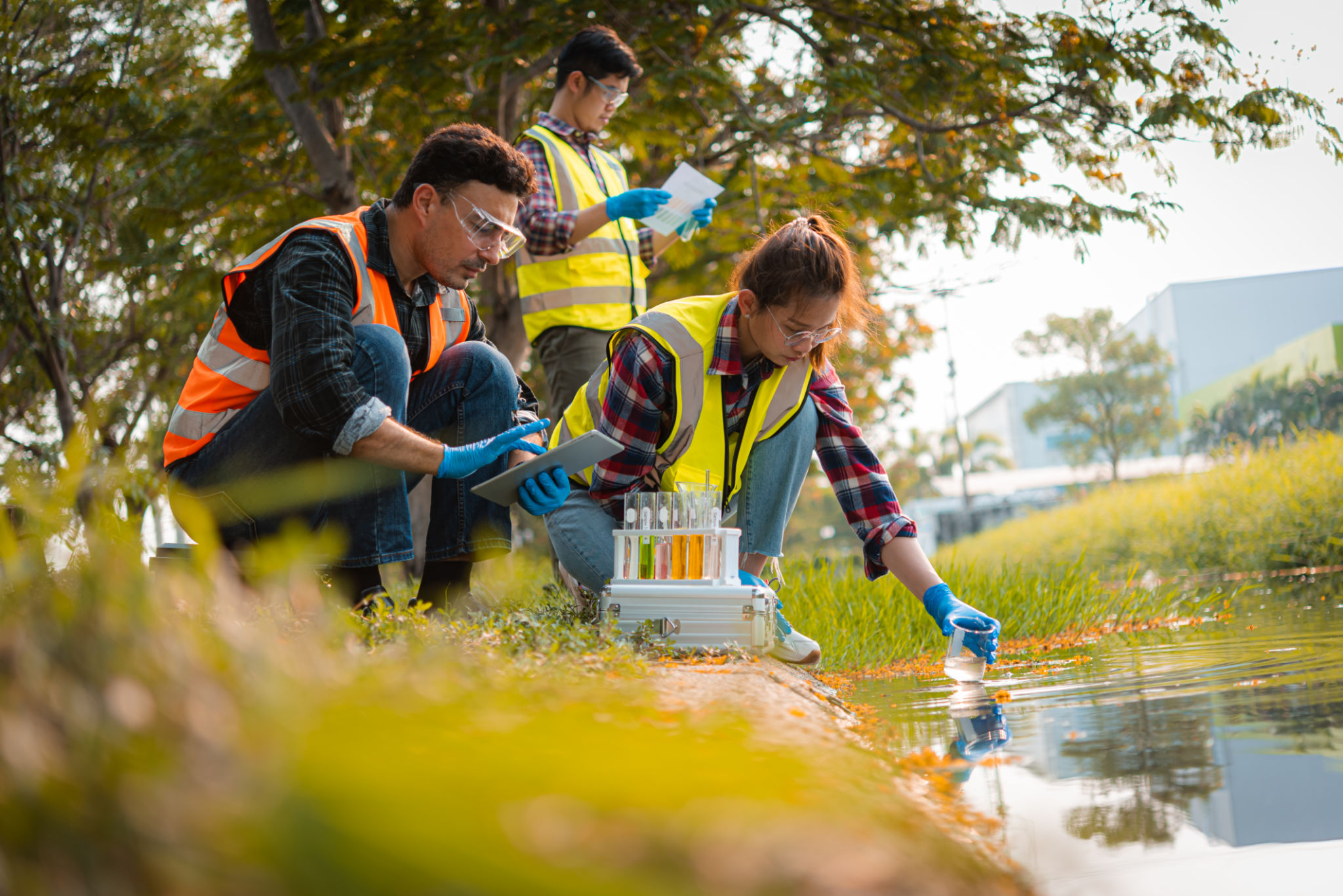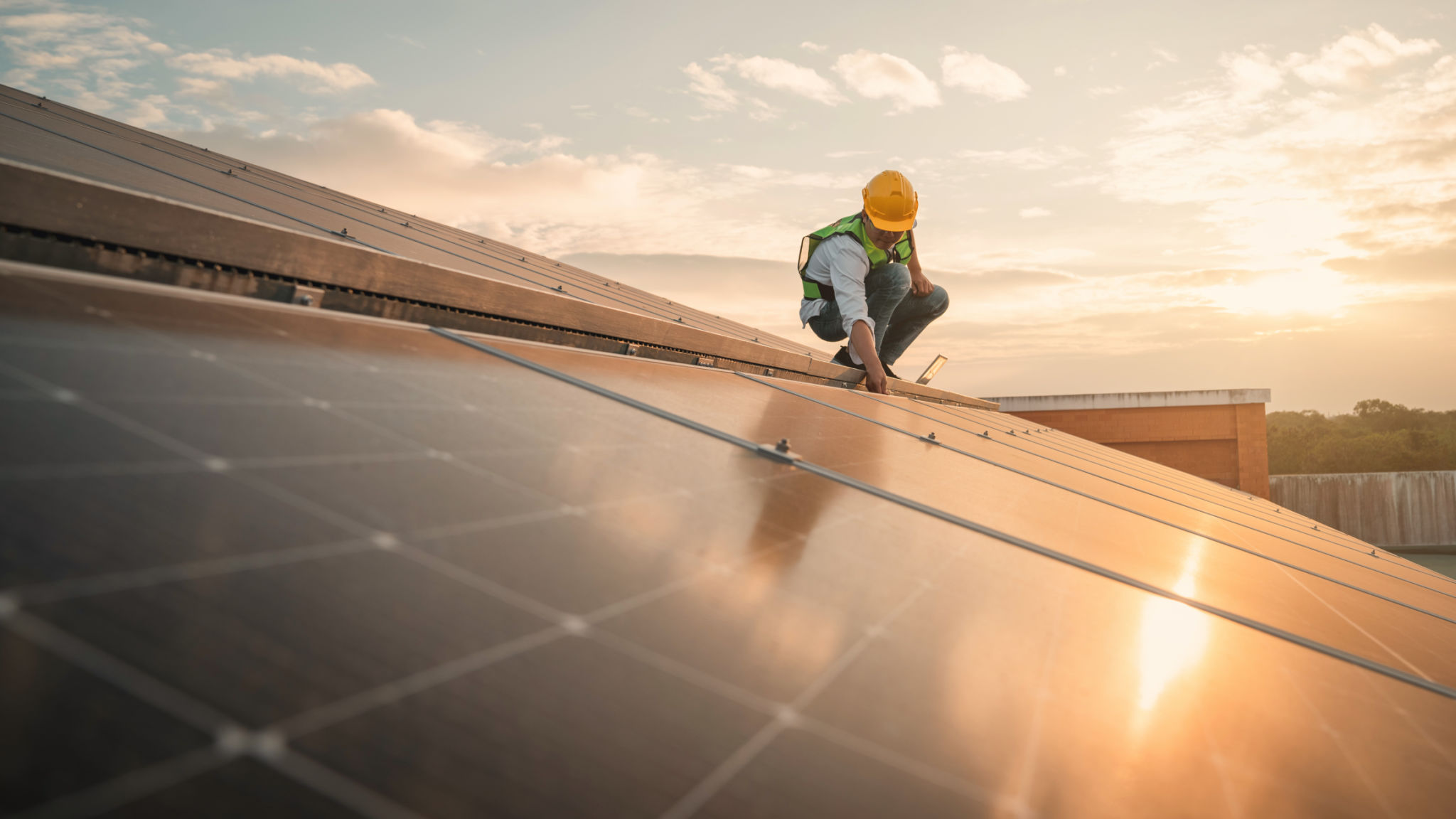Legal Considerations for Solar Projects in the UK
Understanding the Regulatory Landscape
When embarking on a solar project in the UK, it's crucial to navigate the complex regulatory landscape. Solar projects must comply with various national and local regulations to ensure smooth development and operation. The primary legal framework governing solar energy in the UK includes the Electricity Act 1989, which outlines licensing requirements and grid connection obligations.

Planning Permission and Local Authorities
Securing planning permission is often a critical step in developing a solar project. Local authorities play a significant role in this process, as they evaluate applications based on factors like environmental impact, land use, and community interest. It's essential to engage with local councils early to understand their requirements and address any concerns that may arise.
Environmental Impact Assessments
An Environmental Impact Assessment (EIA) may be required for larger solar projects. This process evaluates the potential environmental effects of a project, including biodiversity, water resources, and landscape changes. Conducting an EIA helps identify mitigation measures and ensures compliance with environmental regulations.

Grid Connection and Licensing
Connecting a solar project to the national grid involves adhering to specific technical and legal requirements. Developers must secure a grid connection agreement with the relevant Distribution Network Operator (DNO). This agreement outlines the terms for connecting the solar installation to the electricity distribution network.
Obtaining Necessary Licenses
In addition to grid connection agreements, solar developers may need to obtain licenses from Ofgem, the UK's energy regulator. These licenses ensure compliance with operational and safety standards. It's important to understand the licensing process and associated timelines to avoid project delays.

Land Use and Ownership Considerations
Land use is a critical factor in solar project development. Developers must ensure that the land chosen for installation is suitable and legally available for solar use. This often involves negotiating lease agreements with landowners or purchasing land outright.
Dealing with Land Rights and Easements
Securing land rights and easements is essential for accessing and maintaining solar installations. Easements allow developers to run cables, access roads, or other infrastructure across neighboring properties. It's vital to negotiate these agreements carefully to avoid future disputes.
Compliance with Health and Safety Regulations
Ensuring compliance with health and safety regulations is paramount in solar project development. The Health and Safety Executive (HSE) provides guidelines to minimize risks during construction and operation. Adhering to these guidelines helps protect workers and the public while avoiding legal liabilities.
Insurance and Risk Management
Insurance plays a significant role in mitigating risks associated with solar projects. Developers should obtain comprehensive insurance coverage, including public liability and property insurance, to protect against unforeseen events. Proper risk management strategies can safeguard investments and ensure long-term project success.
